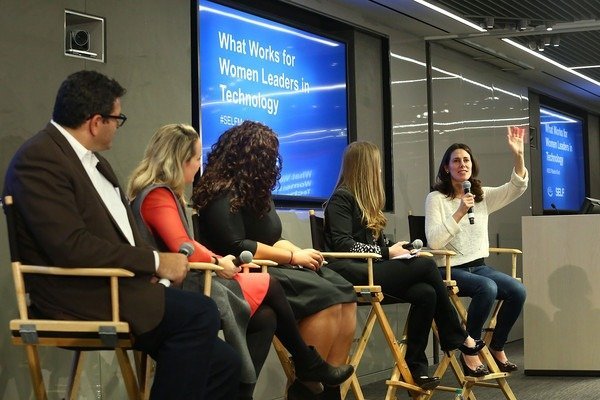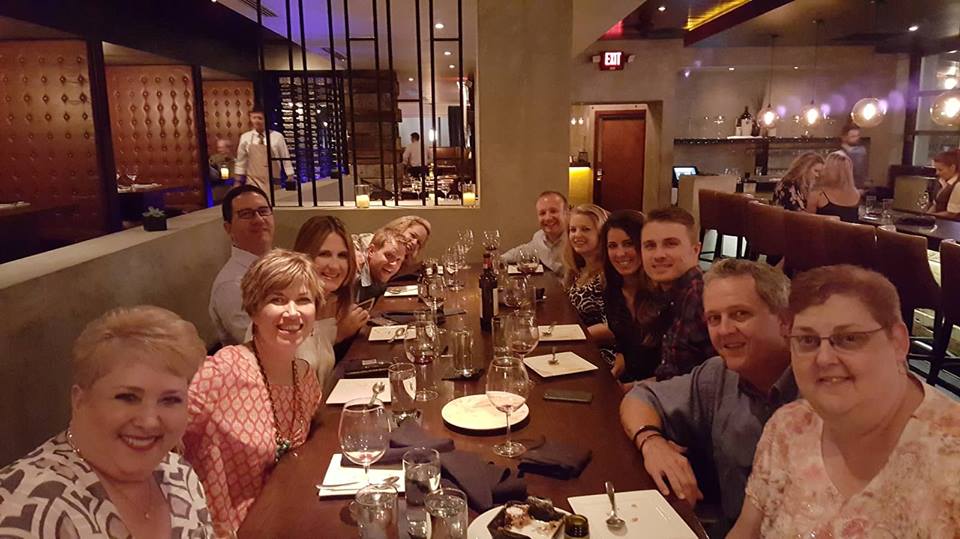Phone interviewing
Are you nailing it? 
In the national consulting market, phone interviewing is a commonplace; hiring managers make decisions based on your resume and your ability to interview over the phone. How do your interview skills measure up?
Over the course of my career, I have sat in on hundreds of phone interviews; some ok, some awful, and some just amazing. After years of seeing the best interviewer land job after job (many times when they were NOT the most qualified) I started to figure out what sells.
Here are a few of my observations:
- Know your audience. Who are you speaking with, what is their role in the organization? By knowing where they fit in the puzzle you can gear your answers to what is important to them.
- For example, if you are speaking to the executive management, you know they are interested in the bottom line. How can you solve their problem and save them money? In this scenario, talk about your projects and the ROI the client saved by hiring you.
- If you are interviewing with a team member, put them at ease by discussing how well you worked with your past clients internal team and supported them on the project. Show them you will not be coming in to take their job but to be their partner in the project.
- Do your research. You know who you are speaking with, what do you know about them personally? Use Linkedin, Facebook and other social media outlets to find out who the person is you are speaking with. Find out who they are as a human and pepper in a few similarities during the interview. If you discover they are passionate about the Cowboys, find a way to mention them in the conversion. For example, if they just lost a game, when they ask how you are, come back with: “I’m great, but still trying to recover from the Cowboy loss last night.”
- Speak to the document they have. Have the consulting company (If you are going through one) send you a copy of the resume they sent to the client. You want to have the exact same copy in front of you the interviewer does. Many consulting firms change resumes, re-format them or remove what they deem irrelevant from your resume. It is important to have the exact copy in front of you when interviewing.
- Listen Carefully. Listen to the actual question that is being asked. Before going into detail of how you have certain experience or related experience, actually answer the question. Many times this is what makes or breaks the interview. It is very easy to go into a long detailed explanation and forget to actually answer the question. For example: “Where have you had experience with managing remote resources?” Once the questions is answered, then go into detail about the number of resources managed, where they were located, the overcome challenges, the established communication plan you put in place and any other relevant supporting examples and successes.
- Be Honest. Clients often try to fill multiple resource needs with one resource if possible. Often I hear questions get asked around skills that are outside of the original requirement. If you do not have experience with that skill, let them know and follow up by asking for clarification on why it was not in the original scope of work. Is the experience critical for this role? Do you have related experience that could be a trade off? If so, answer the question honestly, and let them know you do have related experience. Briefly explain what it is and how it is related. Briefly is the KEY word here.
- Be Flexible. When the client is asking HOW you would do something OR how you did something, you want to answer the question, but also make it clear (If applicable) you have also gotten the results doing it XYZ way. Explain after you answer why you (Or your prior client) decided to go that direction. You want to show you are flexible and have multiple ways of coming to a result depending on what is best for your client and their business needs.
- Be likeable. People hire qualified people they like. As a consultant, you are coming into their existing work family. They may have a great working relationship OR they may be experiencing “challenges” internally. Either way, they want someone who will be able to work with their people. It is important you investigate the team dynamics and so interest in their “Work Family” dynamics. At the Q&A portion of the interview is a good time to showcase this. A few sample questions would be:
- “What advice do you have for me on the best approach in building rapport with your team?”
- “Does your internal client (or team) have a particular type of consultant they work best with?”
- “What is the best communication approach with both your internal clients and project team?”
- Provide detailed answers briefly. When asked about your experience, provide the experience that is related to what they are looking for. Nobody wants to listen to a long-winded answer that is NOT applicable to what his or her needs are. For example: If you are asked “Tell us about your background?” It is not necessary to talk about outdated experience or go through your live story. Discuss what is relevant to them only.
- Thank you and next steps. Always thank everyone for their time and let them know you are interested, excited and have the experience to accomplish the tasks. Let them know you are available for any additional calls or questions they may have. Ask them where they are in the process, their timeline for a decisions and what to expect regarding next steps.

 I recently read an article, “The Myth Women in Tech Need to Stop Believing,” on
I recently read an article, “The Myth Women in Tech Need to Stop Believing,” on 


